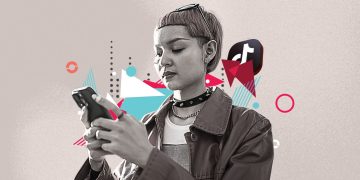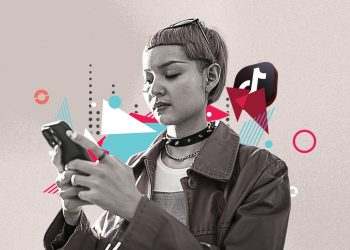Source: lilmiquela
How Do Brands Benefit?
Now more than ever it’s becoming difficult for brands to stand out in a sea of content. Therefore, those who are looking to stay ahead of the game need to be more aware of this trend in order to reach out to a whole new type of audience.
The virtual influencer trend has been mostly embraced by Fashion brands like Calvin Klein, Prada, and Balmain who featured three virtual models as part of its ’Balmain Army’.
Even the World Health Organization (WHO) partnered with health and wellness virtual influencer Knox Frost to help educate and inform about social distancing practices during the global Covid-19 pandemic.,
Unlike real influencers, all aspects of virtual influencers can be created and customized according to the brand’s specific needs. Some brands are even building their own virtual influencers from the ground up which gives them complete control over what the influencer does, says, promotes, and when the posts are published.
Here’s a look at some of the leading virtual influencers.
Shudu
British photographer Cameron-James Wilson, the Creator of World’s First Digital Model Shudu, has blurred the line between fiction and reality. Thanks to Wilson’s help, Shudu is able to share a message of empowerment and diversity in the fashion industry with over 200,000 followers on Instagram.
You can check out Cameron-James Wilson talk on the New Way of Creation: Computer Generated Imaging from our INFLOW Global Summit 2019
Lil Miquela
Perhaps one of the most popular names among virtual influencers is Lil Miquela, a creation by
the L.A.-based firm Brud, who entered the CGI influencer phenomenon scene in 2016
when she blew up on Instagram. Thanks to the images generated by computer graphic artists and a voice donated by an actor, Lil Miquela was able to gain over 2.5 million followers on i
Instagram and release 15 singles on Spotify. And interestingly enough, up until the creators revealed her true identity, Lil Miquela’s followers were convinced that she was a real teenager.
The virtual influencer has starred in advertising campaigns for major brands such as Prada and Samsung and has also starred alongside supermodel Bella Hadid for Calvin Klein.
So, could virtual influencers take over the internet?
According to our evaluation of these accounts on Inflow Bridge, virtual influencers engagement have shown to be three times higher than that of real influencers. Compared to the industry average engagement rate benchmark of 0.7%, virtual influencers have an engagement rate of over 2%. This means that followers are more engaged with virtual influencers’ content.
This makes virtual influencers a tempting opportunity for both brands and marketers to engage creatively and spark conversation within new engaged audiences. Clearly, virtual influencers are not just a trend. As AI technology such as robotics develops, we can expect more dynamic content from these virtual influencers than static posts and videos, such as live Q&As and a real-time event appearance. This will change the way in which brands can engage with their target audiences. However, just like any new technology, once these digital models become mainstream, they’ll lose some of that interest. But who knows what happens in the future, maybe we won’t even be able to tell who’s real and who’s not.
Follow us on social media, and let us know whether you think virtual influencers can take over the internet.















